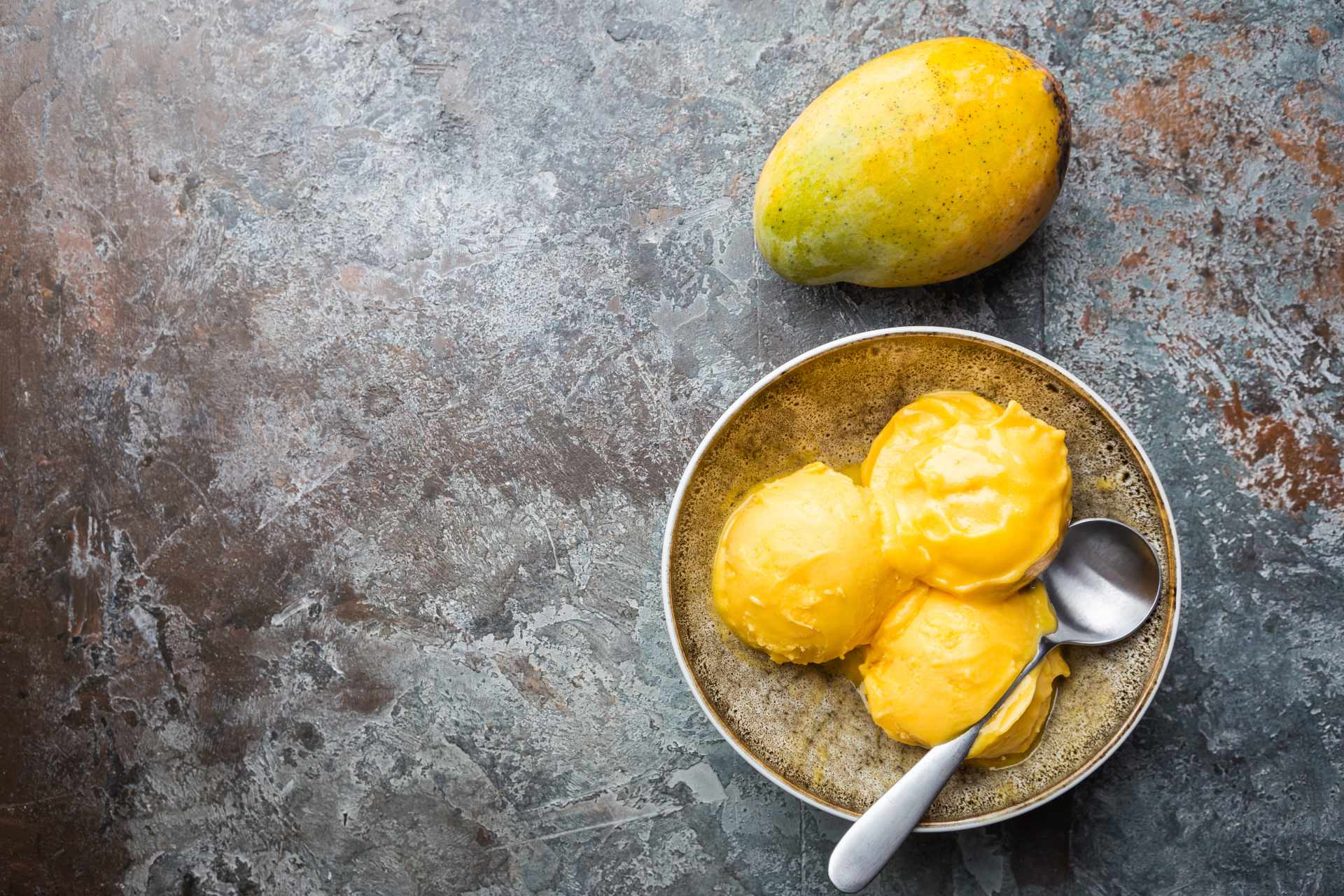With their nectar-sweet taste and sunshine yellow flesh, ripe, juicy mangoes are the ultimate summer fruit. Thought to have originated in the tropical forests of the Indian subcontinent, the mango has been cultivated in South and South East Asia since ancient times, and is the national fruit of India, Pakistan and the Philippines.
These days mangoes are grown anywhere with a tropical or warmer subtropical climate, and their flavour is known and loved throughout the world. They can be made into desserts, added to salads and salsas, made into juices and smoothies, or just enjoyed as a delicious, fresh piece of fruit.
If you struggle cutting a mango into manageable pieces, take a look at this easy guide from Jessica Gavin showing how to cut a mango, or if you’re feeling like a mango maverick, you can try this new way to eat mango that went viral on TikTok last year.













